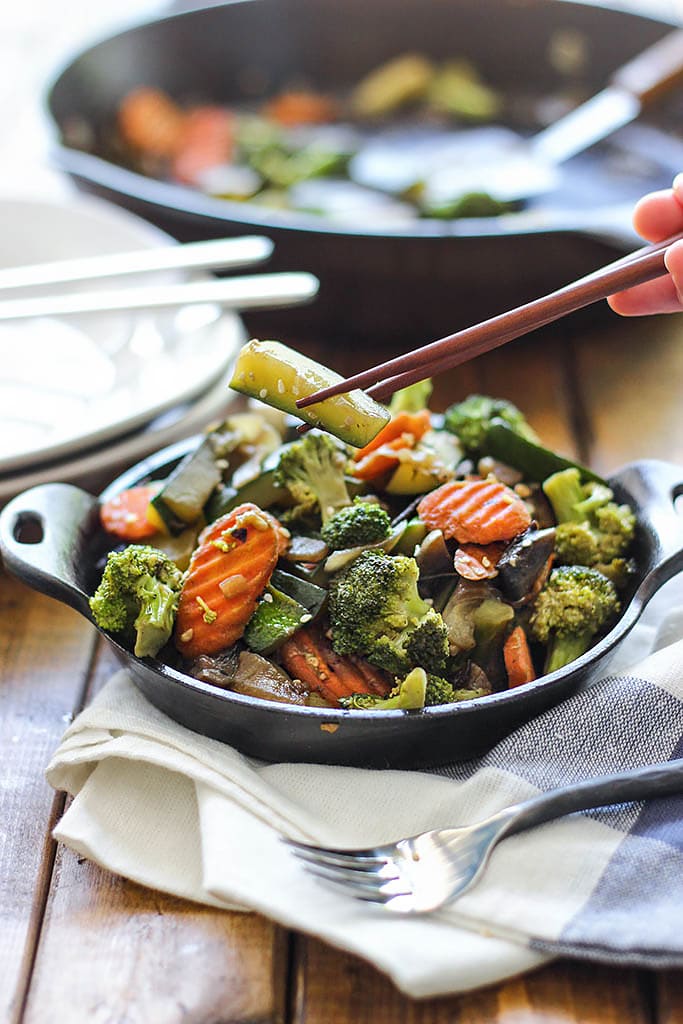Hibachi Chicken a Restaurant Style Delight at Home is a delicious recipe that combines amazing flavors and textures.
Recreating the theatrical experience of hibachi cooking at home is easier than you might think, and this Hibachi Chicken recipe delivers all the flavor and fun of your favorite Japanese steakhouse without the expensive bill. The secret lies in the high-heat cooking technique, simple but impactful marinade, and the signature savory-sweet sauce that makes hibachi so irresistible. With a few key ingredients and proper technique, you can achieve the same smoky, savory results that typically require a professional teppanyaki grill.
The Science of High-Heat Cooking
Hibachi cooking relies on the Maillard reaction – the chemical process that occurs when proteins and sugars brown at high temperatures, creating complex flavor compounds. Cooking at temperatures exceeding 300°F causes amino acids and reducing sugars to form hundreds of different flavor compounds that give hibachi its characteristic savory depth. The high heat also quickly caramelizes the natural sugars in the vegetables, enhancing their sweetness while maintaining texture.
Using a well-seasoned cast iron skillet or flat griddle provides the best heat retention and distribution for authentic hibachi results. The material should be thick enough to maintain temperature when ingredients are added. Preheating the cooking surface thoroughly is essential – it should be smoking slightly before adding oil. This initial sear creates fond (caramelized bits) on the cooking surface that later dissolve into the sauce, adding depth of flavor.

Selecting and Preparing Ingredients
Chicken thighs are preferred over breasts for hibachi because their higher fat content prevents drying out during high-heat cooking and provides more flavor. The marinade serves multiple purposes: the soy sauce adds saltiness and umami, the sake tenderizes the meat, and the ginger and garlic provide aromatic compounds that penetrate the chicken.
The vegetables should be cut into uniform sizes for even cooking. Onions and zucchini contain plenty of water that creates steam during cooking, helping to tenderize them while adding moisture to the dish. Mushrooms act like sponges, absorbing the flavors of the sauce and other ingredients while providing meaty texture.
The Chemistry of Hibachi Sauce
The signature hibachi sauce derives its complex flavor from the combination of umami (soy sauce), sweetness (mirin and sugar), acidity (sake), and richness (butter). Soy sauce contains glutamates that enhance savory perception, while mirin adds subtle sweetness and glossiness to the sauce. The butter emulsifies the sauce, helping it cling to the ingredients and providing a luxurious mouthfeel.

When the sauce hits the hot cooking surface, the alcohol in the sake and mirin evaporates quickly, carrying aromatic compounds with it while the sugars caramelize. This quick reduction intensifies the flavors and creates the glossy coating characteristic of hibachi dishes. Adding the sauce at the end of cooking prevents burning the sugars while allowing it to thicken perfectly.
Fried Rice Science
Using day-old, chilled rice is crucial for successful fried rice. The refrigeration process causes the starch molecules to retrograde, making the grains firmer and less likely to clump together during frying. The cold rice also absorbs flavors better and develops the desirable slightly chewy texture.
The eggs should be cooked quickly over high heat, creating fluffy curds rather than a solid sheet. Adding them to the center of the pan and scrambling before incorporating with the rice ensures even distribution. The frozen vegetables not only add color and nutrition but their cold temperature helps prevent the rice from overcooking while defrosting almost instantly in the hot pan.
Cooking Technique Mastery
The order of operations in hibachi cooking is carefully orchestrated to maximize flavor and texture. Cooking the protein first allows it to develop fond on the cooking surface that will later flavor the vegetables and rice. Removing the chicken once cooked prevents overcooking when other ingredients are added.
The vegetables are cooked quickly to maintain crisp-tender texture – a hallmark of well-executed hibachi. Pushing them to the side keeps them warm while allowing space for the rice preparation. Everything is combined at the end with the sauce, which brings all the elements together while deglazing the pan and incorporating all the caramelized bits.
Equipment Alternatives
While professional teppanyaki grills are impractical for home kitchens, several alternatives work well. A large cast iron skillet provides excellent heat retention. A flat griddle pan offers more surface area for the theatrical tossing and chopping associated with hibachi. Even a large wok can work if it’s well-seasoned and heated properly.
For those wanting to replicate the full experience, portable butane burners with large cooking surfaces are available at reasonable prices. These allow for outdoor hibachi cooking with the same drama as restaurant presentations, complete with onion volcanoes and other entertaining tricks.
Presentation and Serving Suggestions
Part of the hibachi experience is the visual presentation. Serve the finished dish on warm plates, garnished with sesame seeds and sliced green onions. Accompany with traditional hibachi accompaniments like ginger sauce, mustard sauce, and yum yum sauce (a.k.a. white sauce).
For added authenticity, serve with miso soup and a simple green salad with ginger dressing as starters. Steamed edamame makes an excellent appetizer while the main dish is being prepared. The theatrical aspect can be enhanced by performing some simple tricks like tossing ingredients with utensils or creating a small onion volcano.
Nutritional Considerations
Hibachi chicken is relatively healthy compared to other restaurant-style dishes. Using lean protein and plenty of vegetables makes it nutrient-dense. The cooking method requires minimal added fat beyond what’s necessary to prevent sticking. Reducing sodium is possible by using low-sodium soy sauce or tamari.
For those watching carbohydrate intake, the fried rice can be replaced with cauliflower rice or omitted entirely. Increasing the vegetable variety adds more fiber and nutrients. Using coconut aminos instead of soy sauce makes the dish soy-free for those with allergies.
Cultural Context and History
What Americans know as “hibachi” is actually more accurately described as teppanyaki – cooking on a iron griddle. The style was popularized in Japan by restaurants like Misono in Kobe, but the theatrical presentation was developed primarily for American audiences by chains like Benihana. The word “hibachi” traditionally refers to a charcoal heating device rather than a cooking surface.
Despite this terminology issue, the cooking style has become beloved in American cuisine, representing a fusion of Japanese technique with Western preferences for entertainment dining. The communal aspect of sharing a meal cooked before your eyes adds to the enjoyment beyond just the flavors of the food itself.
Final Thoughts
Mastering hibachi chicken at home allows you to enjoy this restaurant favorite whenever the craving strikes, without the premium price tag. The techniques learned – high-heat cooking, proper marinating, sauce balancing, and sequential cooking – are transferable to many other dishes. The result is not just a meal but an experience that brings excitement to weeknight dinners and special occasions alike.
With practice, you’ll develop the confidence to perform the theatrical elements that make hibachi so entertaining, turning meal preparation into a performance that delights family and friends. The satisfaction of recreating restaurant-quality dishes at home is its own reward, made even better by the compliments you’ll receive from those lucky enough to enjoy your hibachi masterpiece.

Hibachi Chicken a Restaurant Style Delight at Home
Ingredients
Method
- Cut chicken into bite-sized pieces
- Combine with marinade ingredients and refrigerate 30 minutes
- Heat large skillet or griddle over high heat
- Add oil and cook chicken until browned and cooked through
- Remove chicken and set aside
- In same skillet, add more oil if needed
- Cook vegetables until tender-crisp
- Push vegetables to side of skillet
- Add butter to skillet
- Scramble eggs, then add chilled rice
- Stir-fry until rice is heated through
- Add peas, carrots, and soy sauce
- Return chicken to skillet
- Add hibachi sauce ingredients
- Toss everything together until well coated
- Serve immediately with extra sauce on side



